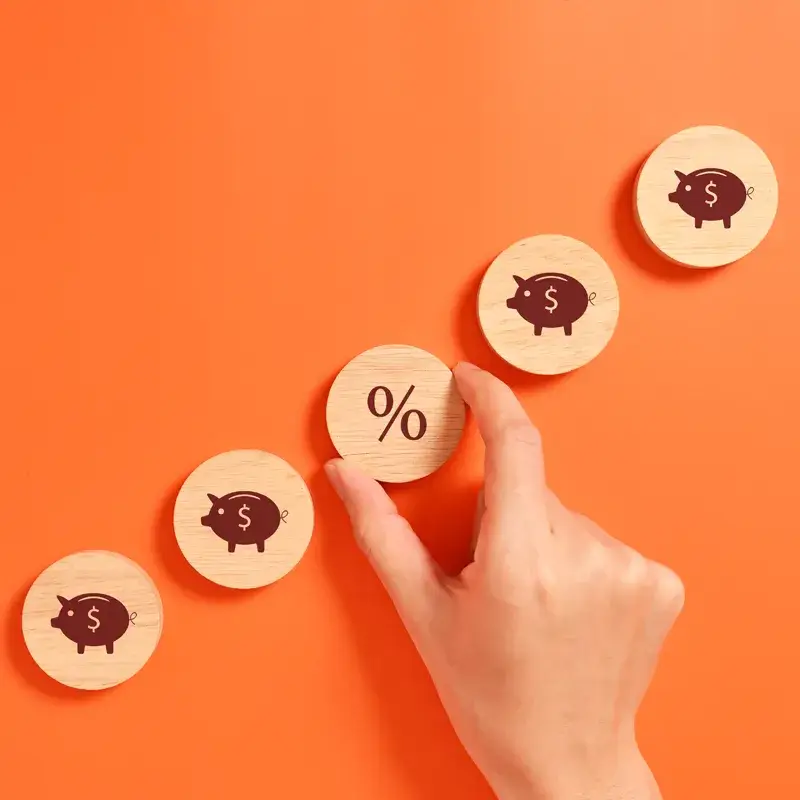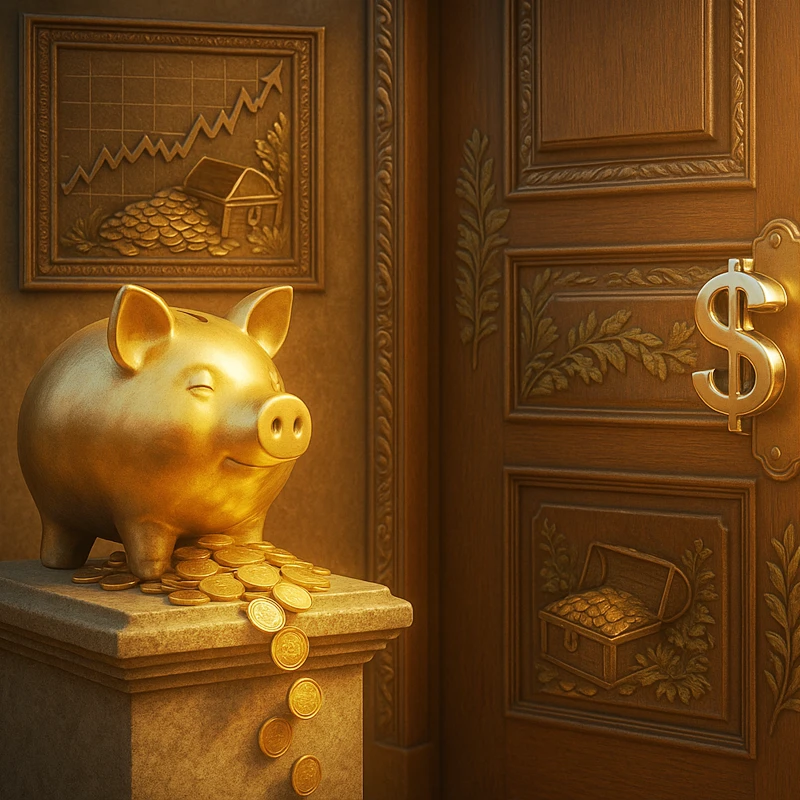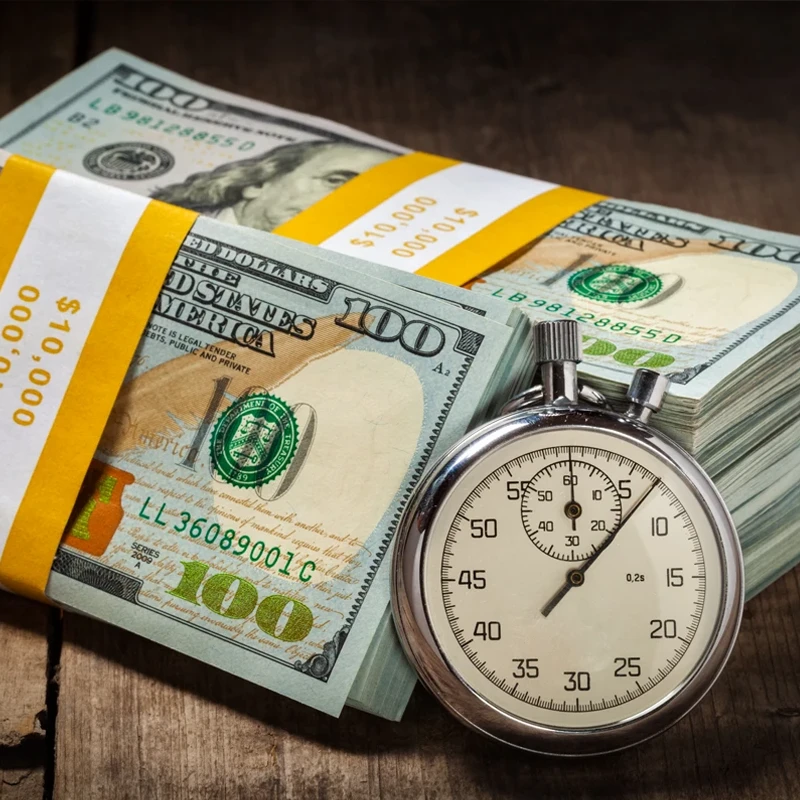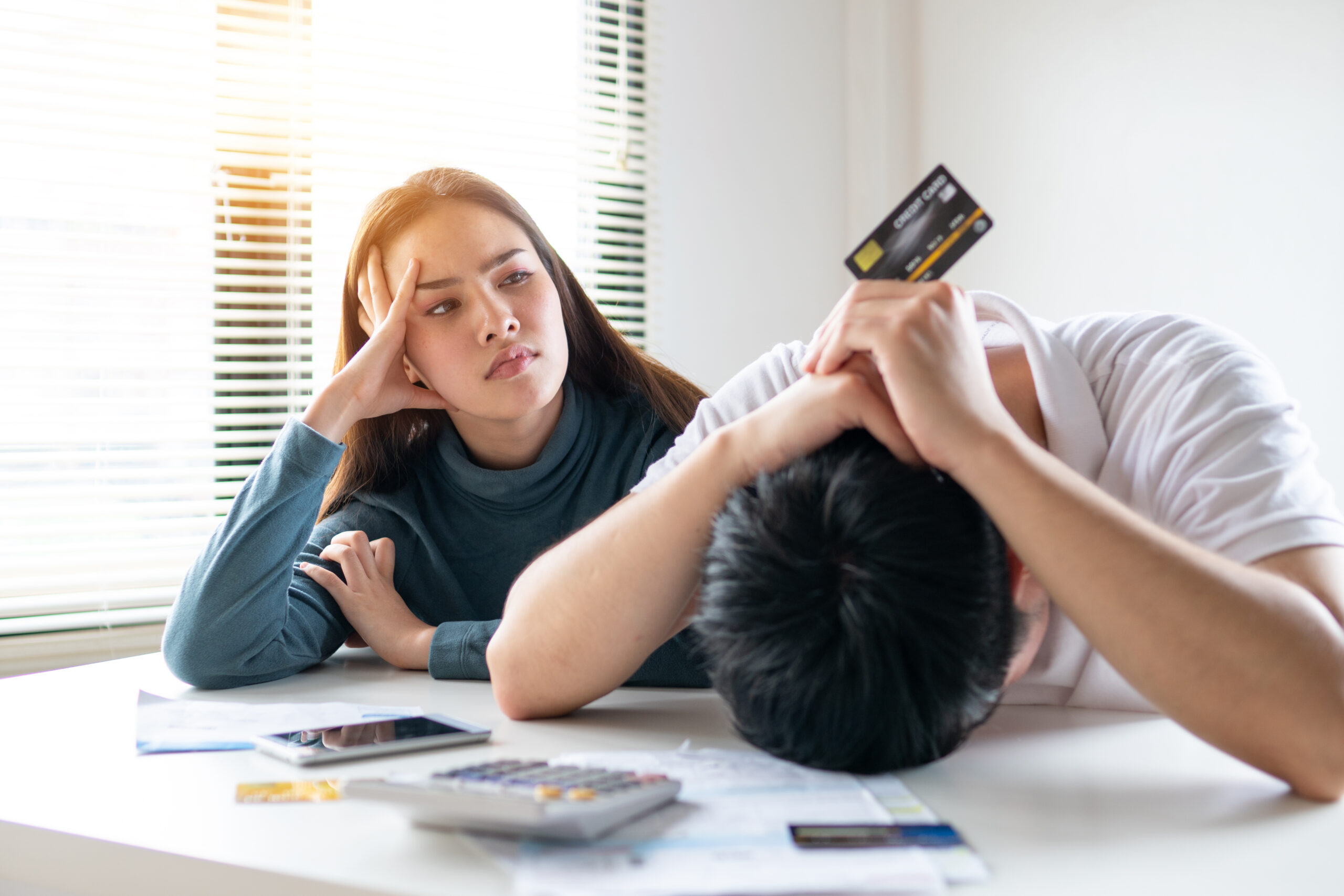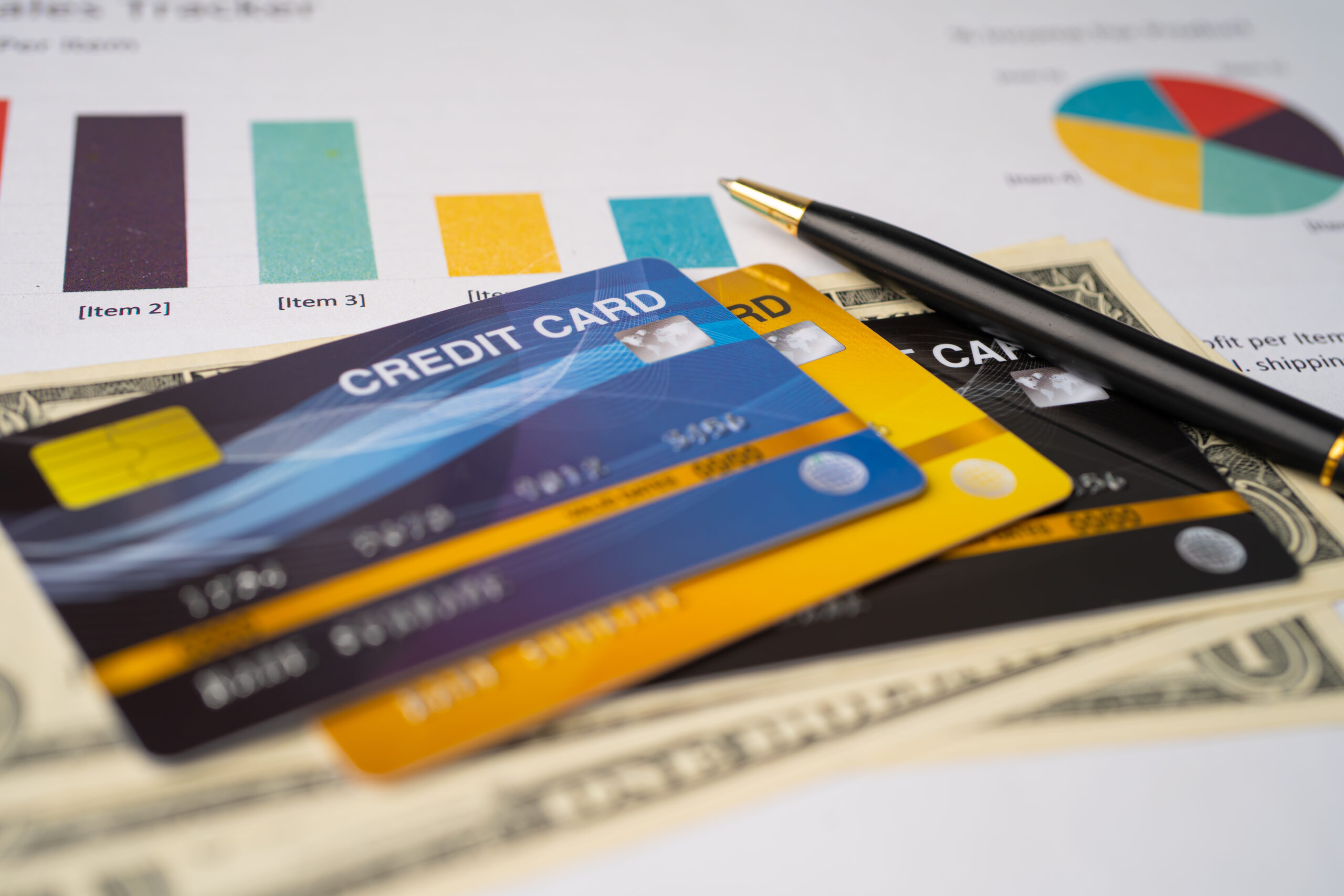We’ve all heard it: “You only live once!” Why not splurge on the concert, the designer bag, the overpriced brunch, and the impulse vacation that needs to be put on a credit card? Life is short, right?
But here’s the truth: while YOLO might feel empowering in the moment, it can quietly lead to long-term financial stress, emotional burnout, and missed opportunities. And for adults in 2025—who are juggling careers, relationships, and future goals—it’s time to rethink the narrative.
🧠 Emotional Spending: The Dopamine Trap That’s Draining Your Wallet

Impulse spending isn’t just a budgeting issue—it’s a psychological pattern. Whether it’s stress, boredom, FOMO, or even celebration, emotional triggers often lead us to spend in ways that feel good in the moment but wreak havoc later.
📊 The Stats Speak Volumes:
-
89.4% of Americans admit to emotionally spending in some form
-
The average emotional purchase is $62.55, and it adds up to over $750/year per person
-
35% say inflation has negatively impacted their mental health, leading to more stress-driven purchases
💳 Why It Happens:
-
Stress relief: Buying something gives a temporary sense of control or comfort.
-
FOMO: Social media makes it easy to compare lifestyles and feel behind.
-
Celebration culture: Promotions, birthdays, or even surviving a tough week become excuses to splurge.
-
Digital ease: One-click purchases and saved payment info make it dangerously simple to spend without thinking.
🌀 The Long-Term Fallout:
-
Credit card debt: Emotional spending often lands on high-interest cards, compounding the cost.
-
Savings sabotage: Money spent impulsively could’ve gone toward emergency funds, travel, or investments.
-
Mental health strain: The guilt and anxiety that follow can create a cycle of stress → spending → regret → repeat.
💡 How to Break the Cycle:
-
Pause before purchase: Ask yourself, “Am I buying this to feel better or because I need it?”
-
Track your triggers: Use budgeting apps to tag emotional purchases and spot patterns.
-
Create a “Feel-Good Fund”: Budget a small monthly amount for guilt-free treats—this satisfies the urge without derailing your goals.
-
Find non-financial coping tools: Journaling, walking, calling a friend, or even cleaning your space can offer the same emotional lift.
🚨 The Hidden Costs of YOLO Spending
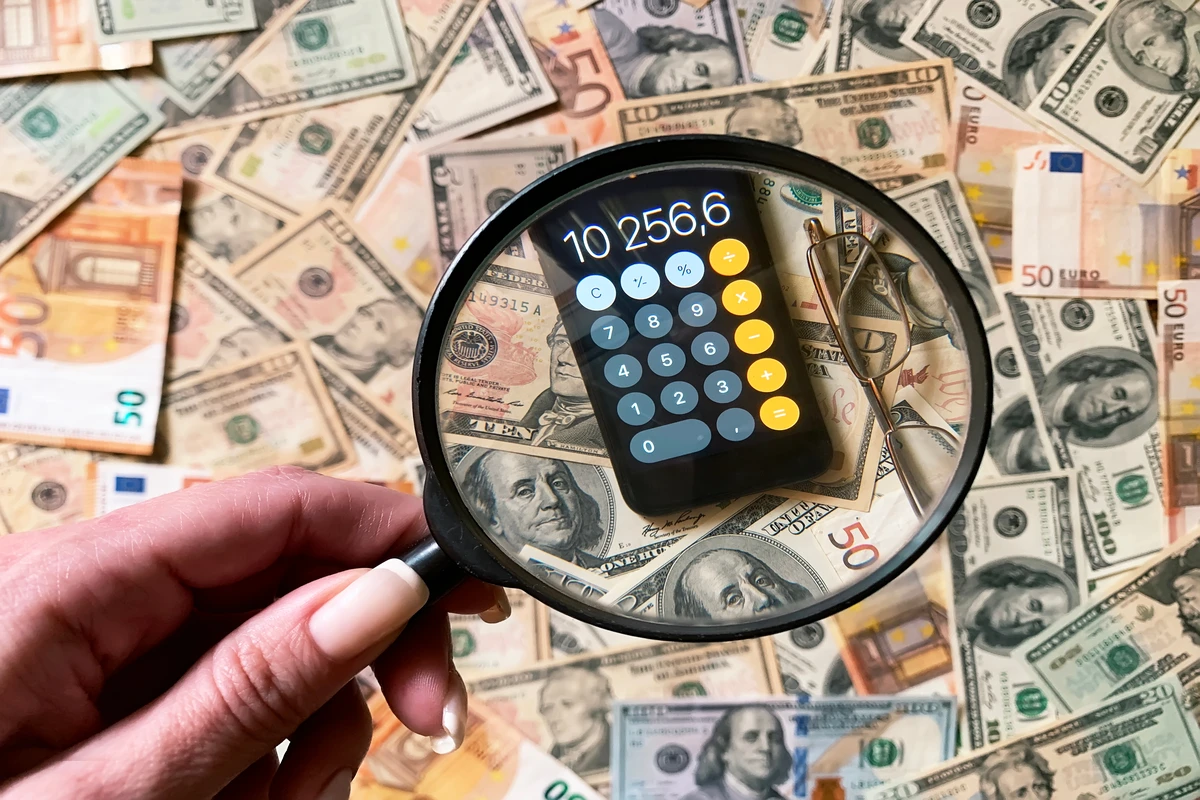
1. Debt That Lingers
That $200 “treat yourself” weekend? If charged to a credit card with 22% APR and only minimum payments made, it could take months to pay off—and cost you far more than $200.
2. Delayed Goals
Every dollar spent impulsively is a dollar not saved for:
- A home
- A vacation you actually planned
- Emergency expenses
- Retirement (yes, even in your 20s)
3. Mental Health Strain
Overspending can lead to guilt, anxiety, and even relationship tensions. Financial stress is one of the top contributors to mental health challenges among adults.
✅ Better Advice: Budget for Fun, Build for the Future
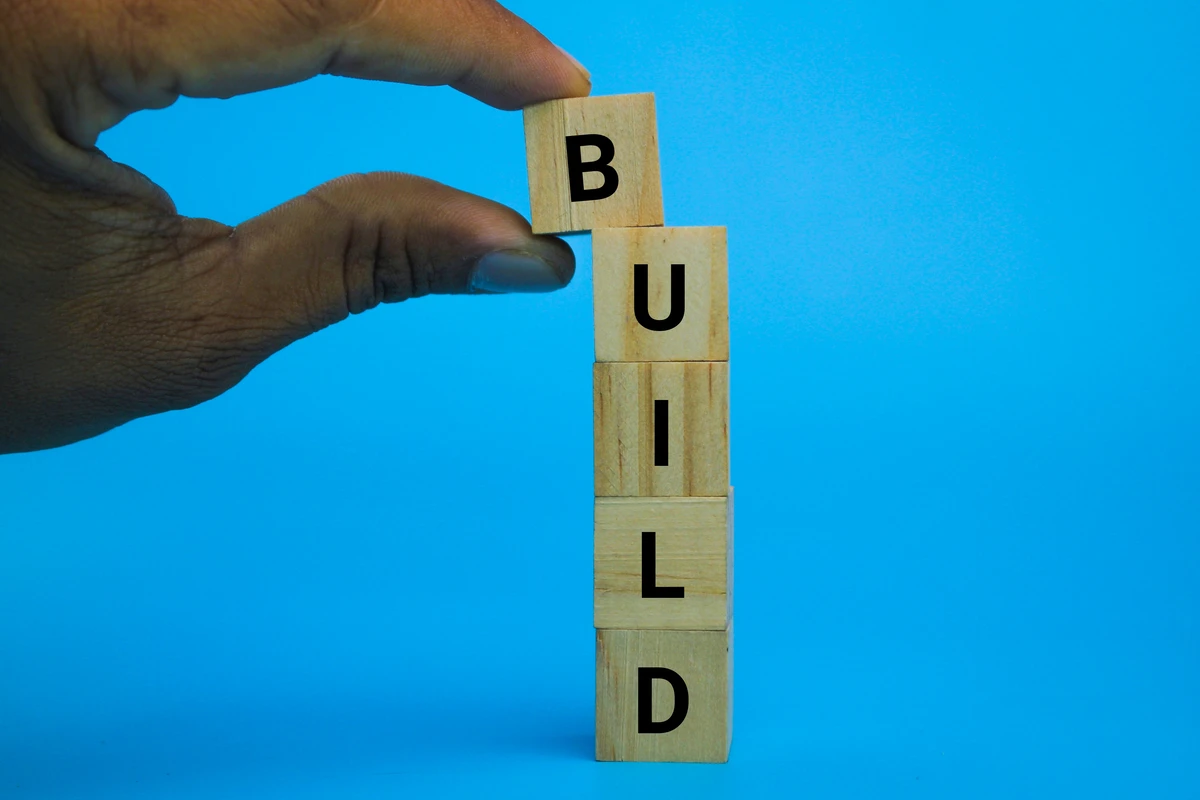
You don’t have to live like a monk. You just need a plan.
🎯 Create a “Fun Fund”
Set aside a monthly amount for guilt-free spending. Whether it’s $50 or $200 (whatever you can reasonably afford after all necessary expenses), knowing it’s budgeted makes it feel even better.
🧠 Use the 24-Hour Rule
Before buying something on impulse, wait 24 hours. If you still want it, go for it. If not, congrats—you just saved money and avoided regret.
📱 Track Your Spending
Apps like Mint, Monarch, or Rocket Money can help you see where your money’s going—and where it’s sneaking off without permission.
💡 Reframe YOLO
You do only live once. So live wisely. That means:
- Enjoying life today
- Preparing for tomorrow
- Spending in alignment with your values—not your impulses
💬 Final Thoughts: You Can Still Be Fun, Fabulous, and Financially Free
YOLO doesn’t mean “spend recklessly.” It means to live intentionally. Budgeting isn’t boring—it’s empowering. And when you balance joy with strategy, you’re not just surviving—you’re thriving.
So yes, buy the latte. But maybe skip the $300 impulse haul. Your future self will thank you—with interest. ☕💳✨
